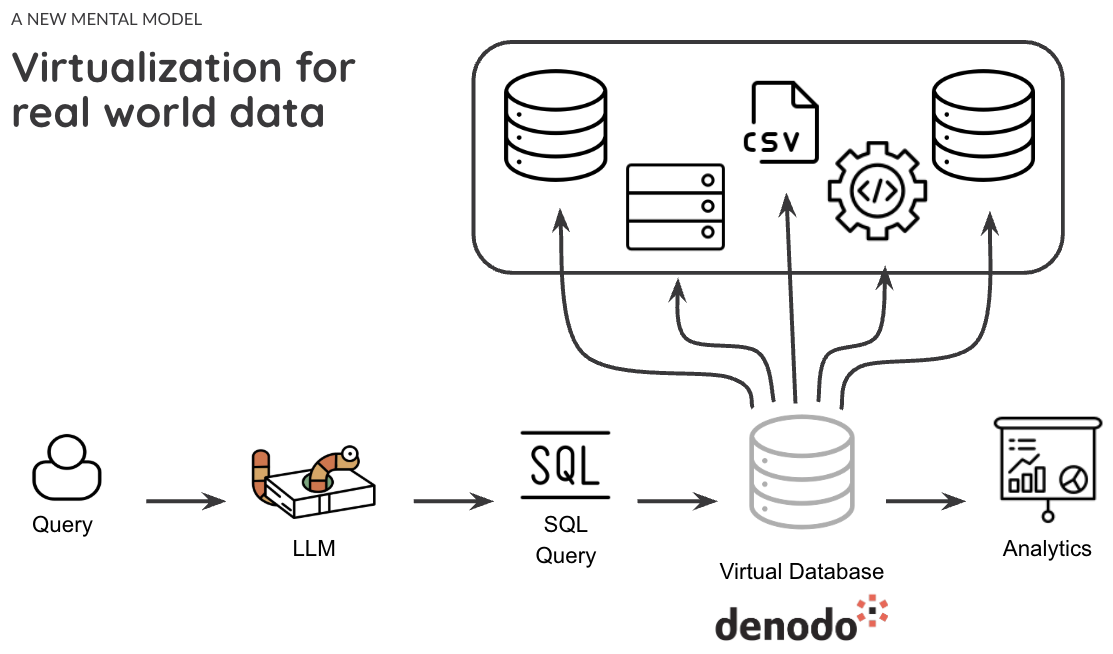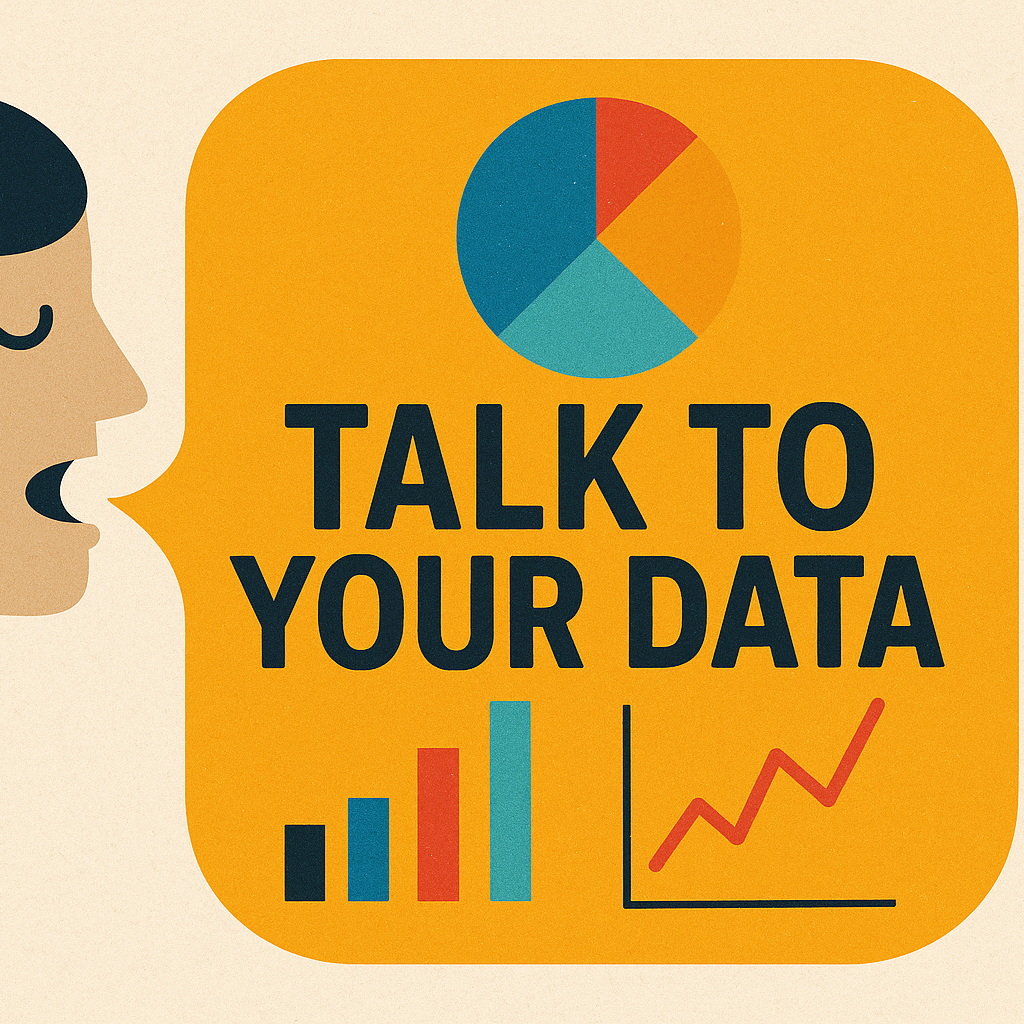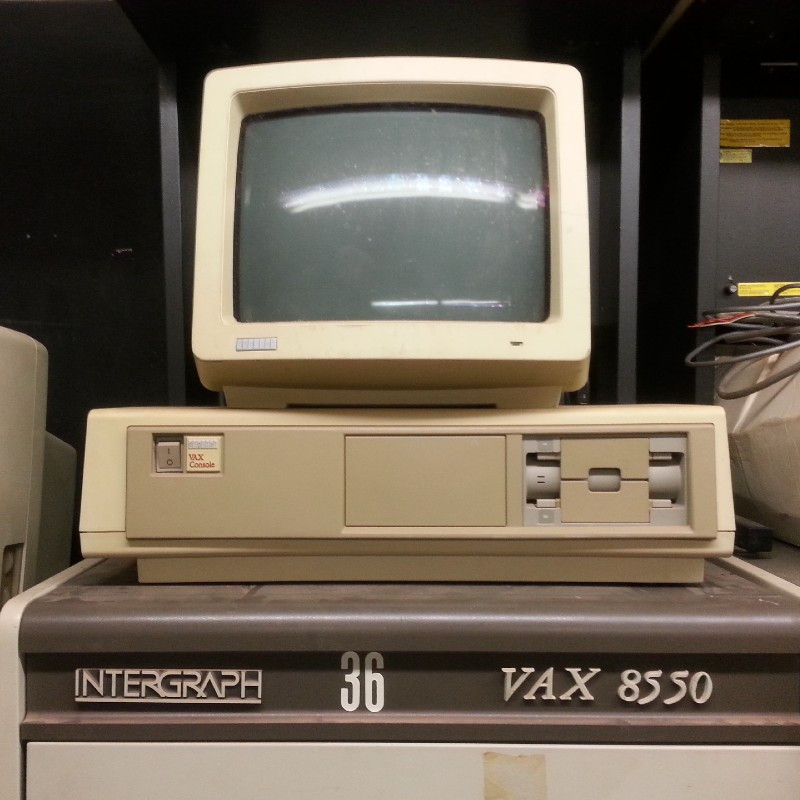Dashboards are dead. Talk to your data instead.
Why the age of static reporting is over — and what’s replacing it
By Jesse Anton, CEO & Co-Founder of Whitespace
Date: 20 May 2025
For over a decade, dashboards have been the centerpiece of data-driven decision-making. From slick PowerBI reports to sprawling Tableau workspaces, organizations have invested heavily in building pipelines, modeling layers, and front-end visualizations to help business users answer one simple question: what is happening in my business?
But here's the problem: dashboards are static. They’re built for yesterday’s questions, not tomorrow’s. They're expensive to maintain, often out of date, hard to find, and require specialized skills to construct and interpret. And in most organizations, they’re the domain of data analysts, not decision-makers.
That era is coming to an end.
Enter conversational analytics
New tools like Databricks AI/BI Genie, Sigma, ThoughtSpot, and Denodo are quietly rewriting the playbook. ERP and CRM providers, such as SAP and Salesforce, are integrating AI-driven data analytics features directly into their products. These platforms combine natural language interfaces with direct access to enterprise-grade data, enabling users to ask questions in plain English and receive answers on the fly. No static dashboards. No SQL. No waiting.
Imagine a regional sales manager typing, “What were my top three underperforming products in Q1 compared to last year?” — and getting an instant, accurate, and visual answer sourced directly from the lakehouse, without going through an analyst or digging through thousands of (stale) dashboards.
That’s not a gimmick. It’s a shift in how data is consumed.
Above: a demo we built using Denodo's AI SDK
Whitespace has been designing and building solutions for enterprise clients that leverage these conversational data platforms, bringing data closer to the users who need answers to real-time business questions and changing the experience of data consumption for thousands of employees in the process.
We've seen frustrated business users go from extracting data from PDFs into Excel – because their IT teams didn't have the bandwidth to give these users the reports or access they need – to a self-service paradigm where they (non-technical users) run highly complex SQL queries and generate sophisticated reports in seconds using natural language. Thanks to AI (and some proper UX!), work is being done more efficiently, and the employee experience is significantly better. It's a win-win.
If you want to learn more about what we've been building and how we might help your company take advantage of new AI tooling, get in touch!
Why this changes everything
1. Real-time, contextual answers
Dashboards are predefined. They answer questions you think you’ll have. But business rarely follows a script. Conversational AI tools let users explore tangents, clarify anomalies, and iterate in real-time. The result? Insights that are timely, relevant, and tailored to the moment.
2. No more dashboard sprawl
Most enterprises are drowning in dashboards — with thousands built over the years, few maintained, many redundant. They are hard to find, let alone consume. Conversational interfaces reduce the need for dozens of static views by letting users generate the specific output they need, on demand.
3. Business users become data explorers
The knowledge gap between technical teams and business decision-makers has always been a bottleneck. With tools like Genie, managers, marketers, scientists, and finance leads can query data directly, without knowing SQL or relying on middlemen. That’s not just efficiency — it’s empowerment.
4. Faster time to insight
Traditional dashboards rely on complex data pipelines: extract, transform, load, model, visualize. This takes time and requires coordination across teams. Conversational tools often tap into unified data platforms (like Databricks or Snowflake), reducing the number of steps between question and answer. A data virtualization (or logical data) layer like Denodo can further mobilize heterogeneous data sources while maintaining access control and abstracting the complexity of data architectures. Simpler means faster.
5. Lower cost of ownership
Maintaining pipelines and dashboards is expensive. Analysts spend too much time fixing broken reports and fielding ad hoc requests, and many big-box consulting companies make a living building and supporting data pipelines for their clients. (Tip: If you're looking to cut costs and boost efficiency, look at your consulting data management spend and then read this article again.) Conversational analytics shifts that load from building artefacts to enabling self-service — which means more time on strategy, less time on maintenance.
What this means for the enterprise

A conversation worth having
The future of data in the enterprise is not static. It’s dynamic, dialog-driven, and democratized. The winners will be those who make their data talk back — clearly, quickly, and to everyone who needs it.
So yes, dashboards are dead. Or at least, they’re retiring from center stage.
It's time to talk to your data instead.




